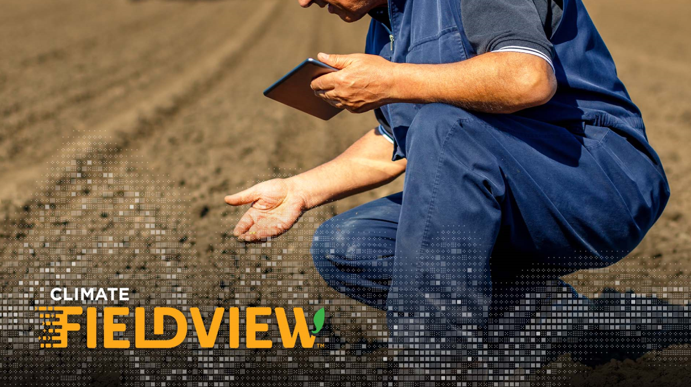
News
Sponsored
Starting the season off right with fertility scripting
March 1, 2022 Sponsored by Climate FieldView 

Advances in digital farming continue to expand the toolbox of options to help you maximize your return on every acre. A top example for the 2022 growing season is the use of fertility scripting – an approach that is rapidly increasing in adoption across the Canadian prairies.
Climate FieldViewTM’s fertility scripting feature provides simple, easy-to-use editing tools to create variable rate fertility prescriptions. It reduces the time spent writing scripts, improves the planning experience and helps to optimize fertility usage across multiple fields.
There are two fertility scripting options with FieldView. The tool allows you to identify field variability, create management zones, select products, and assign rates on each field within your operation to create fertility scripts. You can also choose to have field zones created automatically based off the satellite imagery the platform provides. After completing your scripts, you can export them to your equipment of choice to be executed or send them wirelessly for viewing in your FieldView Cab app.
To start using either approach, simply log into your FieldView account, select the field you want to write the prescription for, choose “fertility” on the prescription screen and continue following the process from there. The added precision of fertility scripting can go a long way to optimizing fertility and nutrient management, to make sure you get the best value possible from your inputs.
Seed grower Jonathon Dear, who farms around 10,000 acres near Hepburn, Saskatchewan, has been an early adopter of the fertility scripting feature with FieldView and has seen the advantages firsthand – with excellent results the past three years and counting.
“We’ve found that getting fertility right has been one of the most important factors we can control that has a direct impact on yield and quality,” says Dear. “Using FieldView to make data-driven scripts has been a true game changer for us to identify fertility variability and ensure each field has the right inputs for the best results possible. It’s easy to use and gives peace of mind that everything is optimized to the needs of the crop and for the highest return on investment.”
Dear also runs a farm retail business. His positive experience with using FieldView for fertility scripting has led him to recommend this approach to his customers, many who have now adopted it as well and see it as a key part of their 2022 strategy.
“After last season’s drought in Western Canada, we know getting the right fertility rate will be critical for success this year,” says Dear. “With higher fertilizer prices we need to be more efficient.”
Fertility scripting with FieldView uses satellite imagery with other key data to help determine where and how much product to apply. There are options for using multiple data layers from previous years to fit the needs and goals of each field. This year, Dear plans to use a combination of satellite imagery correlated with yield data from the previous year. “We can identify the areas that have a good N and P credit already, and also areas where we know adding fertilizer at the right level will pay us back and provide a strong return.”
Any size and type of farm can benefit, says Dear. “For us because we have a seed farm, we have above average labor costs and people involved. We also have multiple crops and many different varieties to manage. The approach with FieldView is a huge benefit to simplify the management and decision making so that every field zone and variety gets what it needs.”
FieldView also makes it easy for you to measure the performance of your prescriptions and to collaborate on scripts with an agronomist or partner. Learn more in this FAQ about Fertility Scripting and this video on Improved Zoning for FieldView Manual Prescriptions.